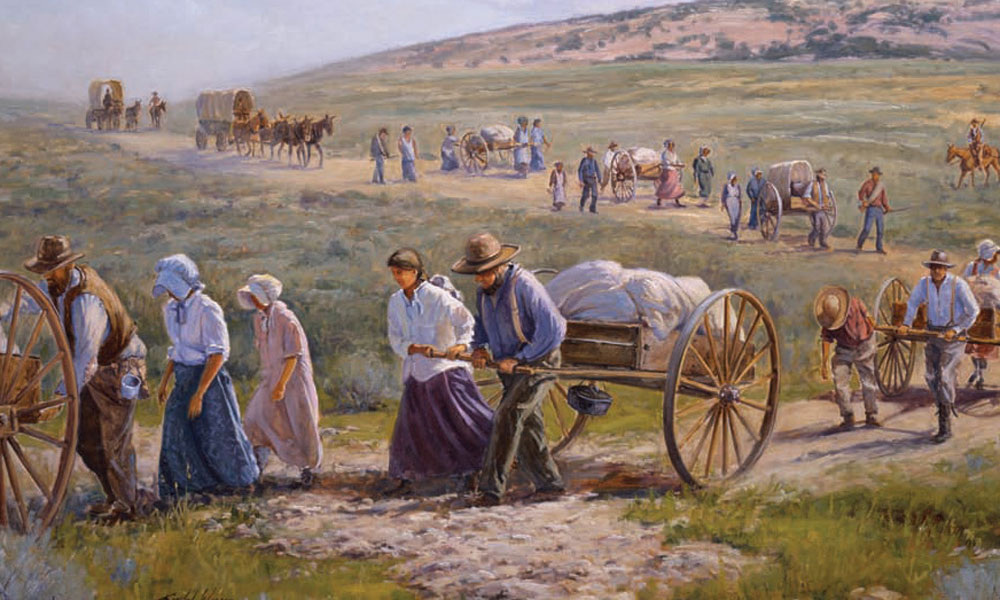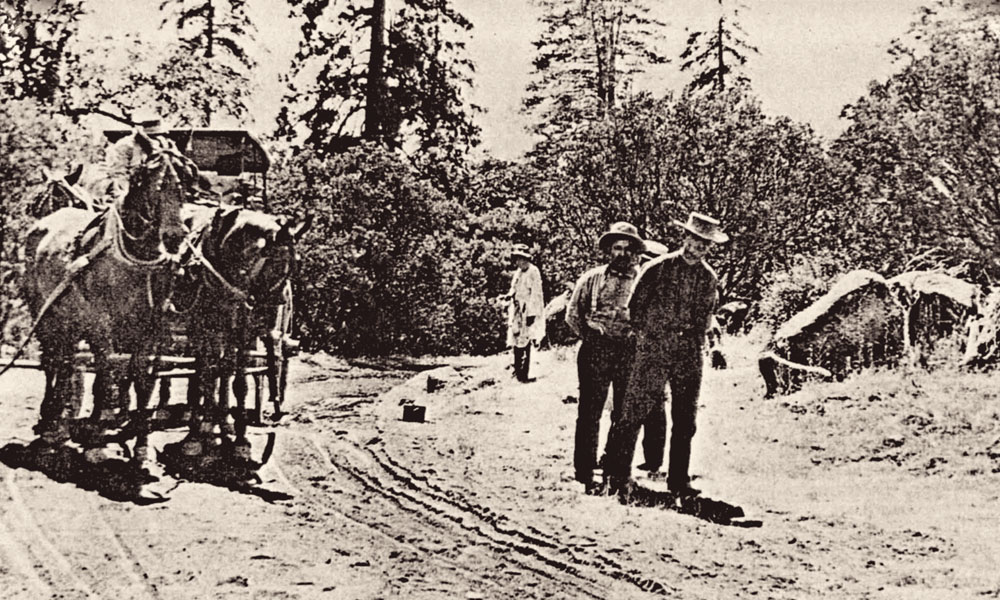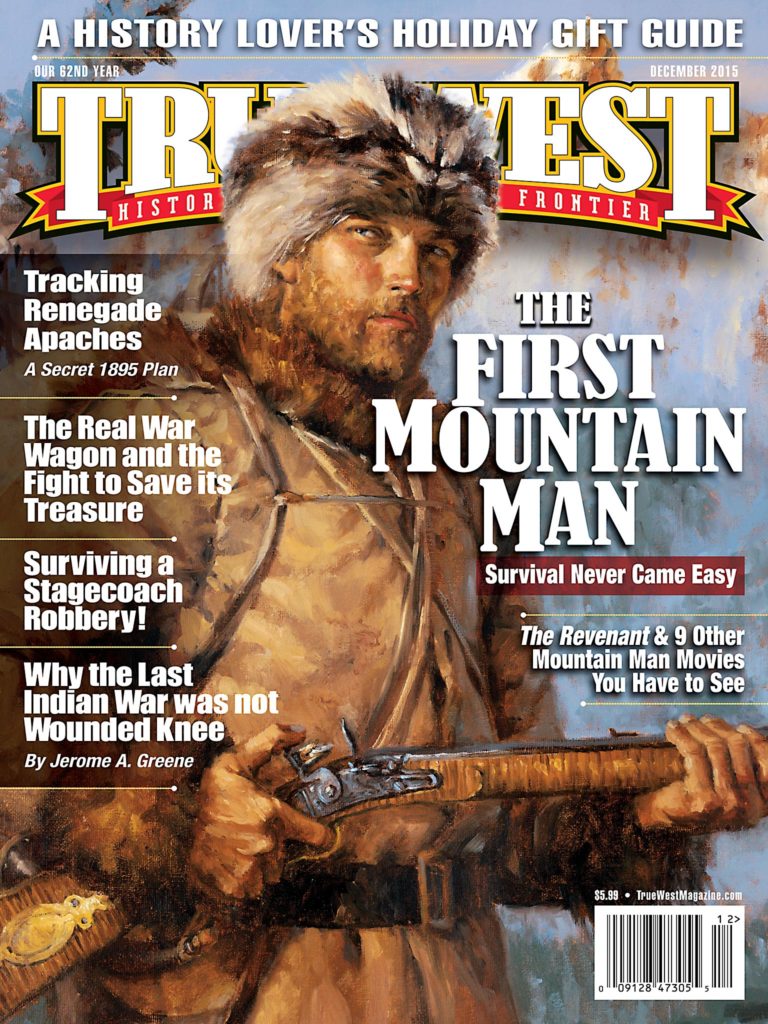
The story of the Mormon Handcarts is normally told as a tragedy. How two parties of foreign converts were caught in the winter storms between Iowa City, Iowa and Salt Lake City, Utah. Many perished. And that painful story is all true. But what’s also true is that between 1856 and 1860, ten handcart companies reached Salt Lake City. Brigham Young had conceived of the handcart migration when he realized many of the foreigners—German, Welsh, English, Danish, Swedish and Scottish—were too poor to afford the normal wagon train costs. Handcarts, on the other hand, were inexpensive, but demanded the new Mormons walk the entire way from pillar to post. Sometimes they walked fifteen miles a day, pulling their hickory carts behind them. Personal belongings were very limited. They could take only seventeen pounds of clothing and bedding per person. They also carried large sacks of flour and other staples to sustain them on the long journey. The trip took at least five months, often longer. It’s estimated that nearly three thousand poor immigrants reached their promised land pulling a handcart.






